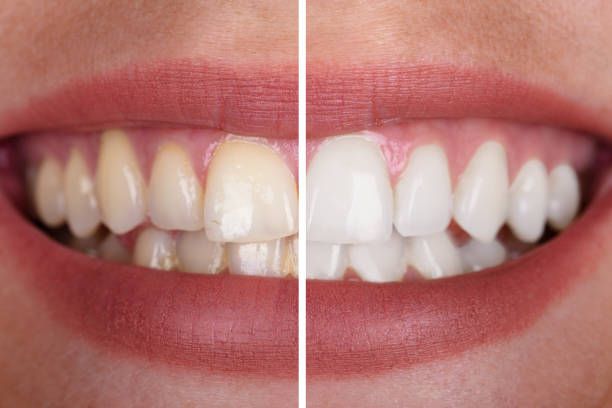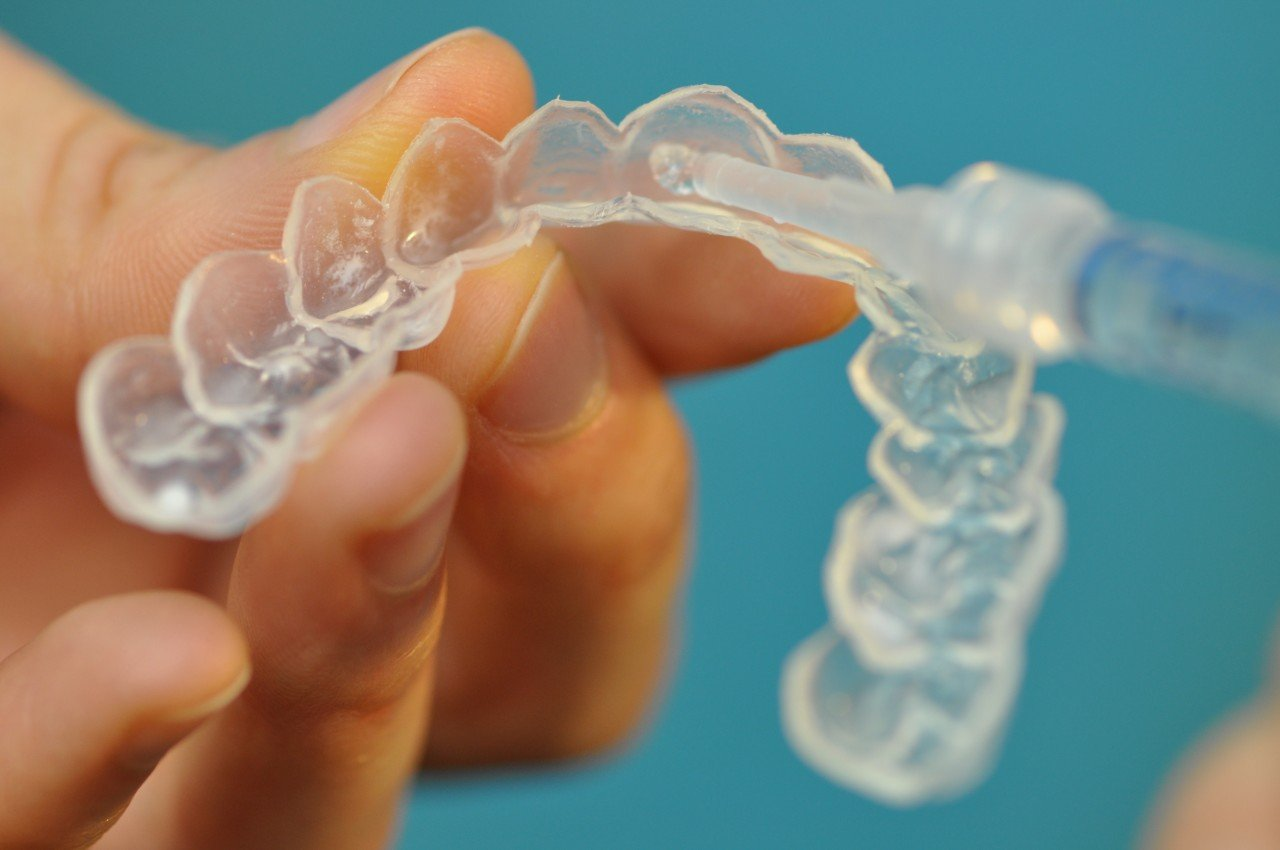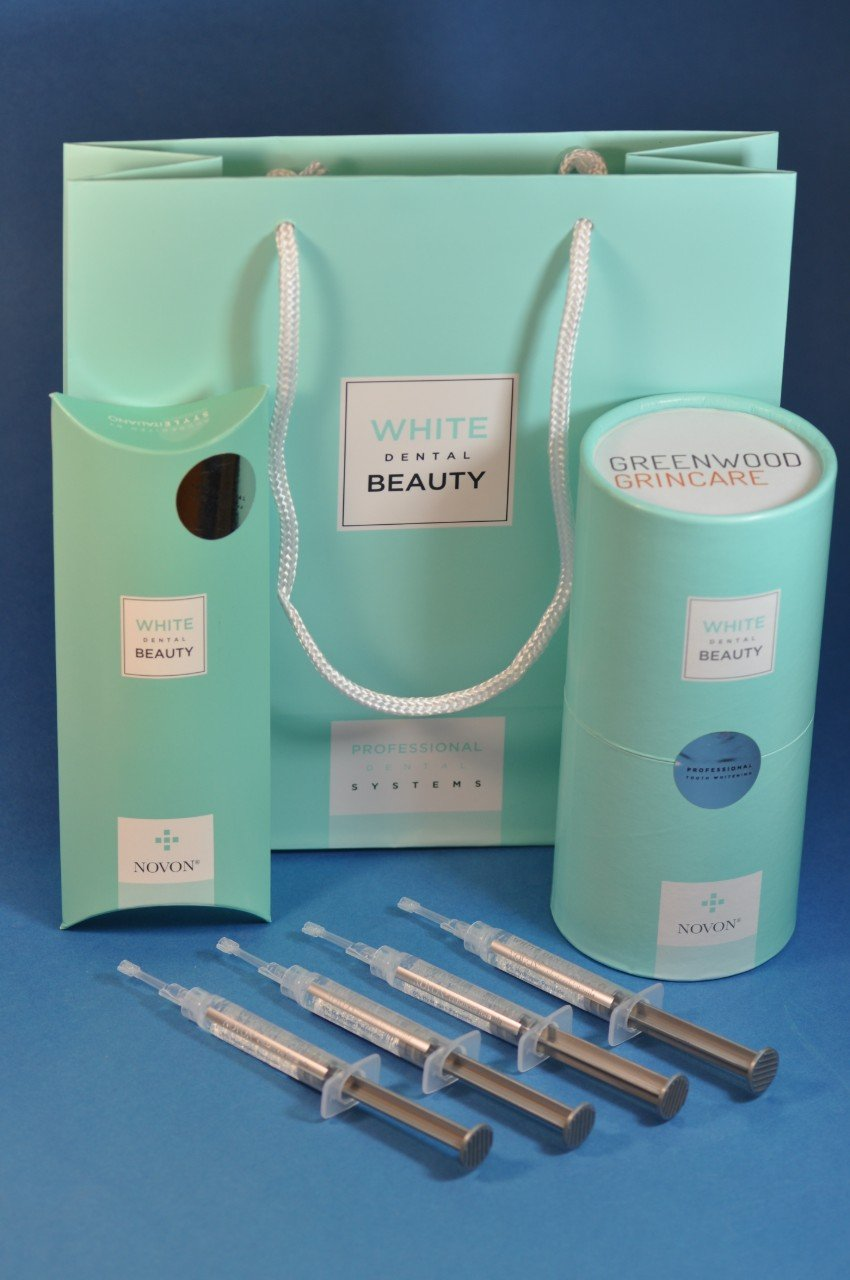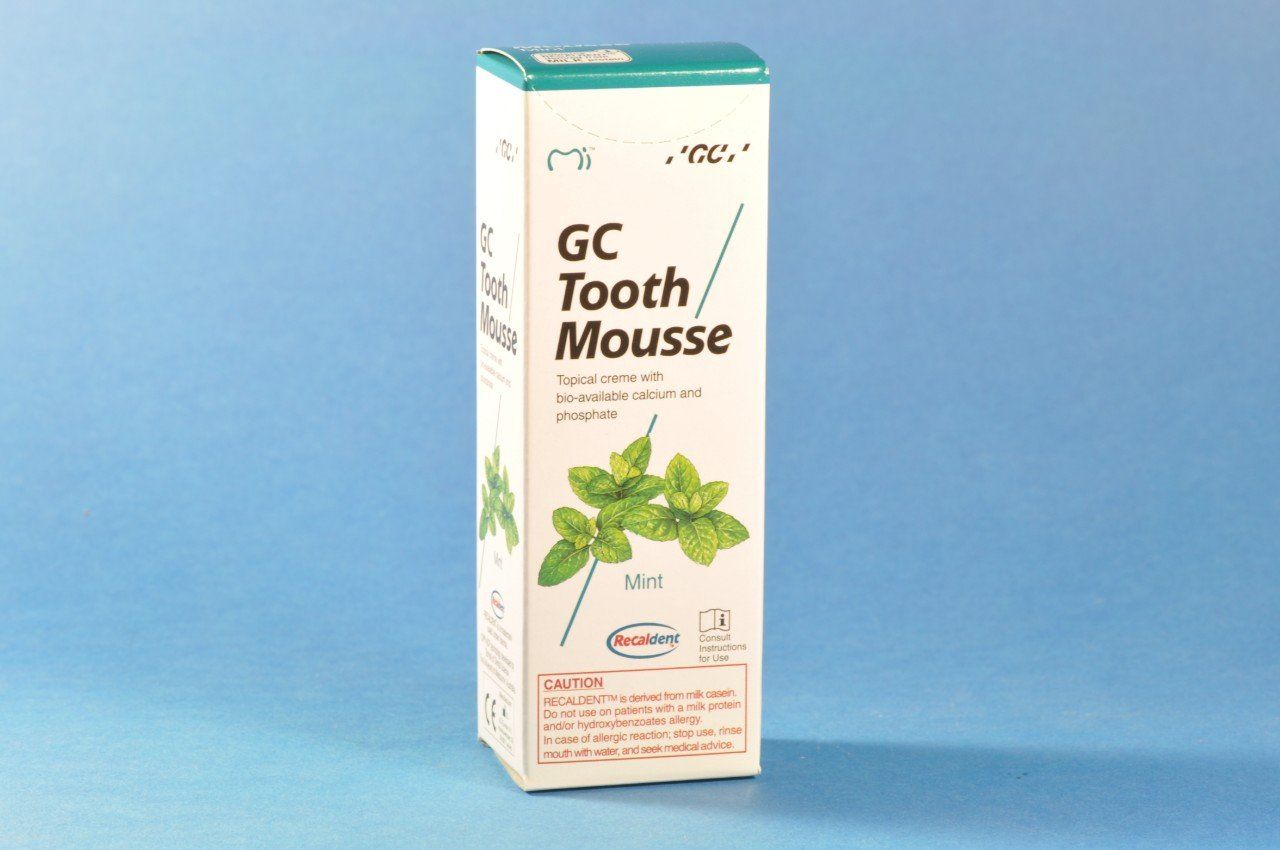TOOTH WHITENING
Tooth whitening is a great way to quickly improve the appearance of your teeth and enhance your smile. It is easy and safe. Most importantly it is conservative and doesn’t involve any tooth reduction or addition. Whiter teeth can give you more confidence and make you feel great!
Types of Tooth Whitening
1. At Home Whitening
2. In Chair Surgery Whitening
The Novon system offers the option of one stop whitening in the dental surgery. It is very suitable for busy people who don’t want the bother of following the home whitening procedure.
3. Non-Vital Whitening
What is the whitening material and how does it work?
Are all teeth suitable for teeth whitening?
Is the whitening process safe?
Are there any side effects or potential problems?
How long will it last?
Generally the teeth will never return to their original shade. Results will vary between individuals depending on the shade, depth and age of the staining. However the whitening effect will usually start to diminish after 2-3 years. Tooth shade is affected by lifestyle factors such as smoking, consumption of coffee, red wine and any heavily coloured foods. A person’s perception of what is ‘white’ may also change after treatment. Most people will re-whiten at home about once a year or before special occasions, such as weddings, where they want to look their best. We do not recommend whitening more frequently than every 3 months. Refill tubes for home whitening can be purchased at any time for $45 for a 3ml tube.
All our staff have personally used tooth whitening and will be more than happy to discuss the procedure further. Please don’t hesitate to ask.
Discover Dental




